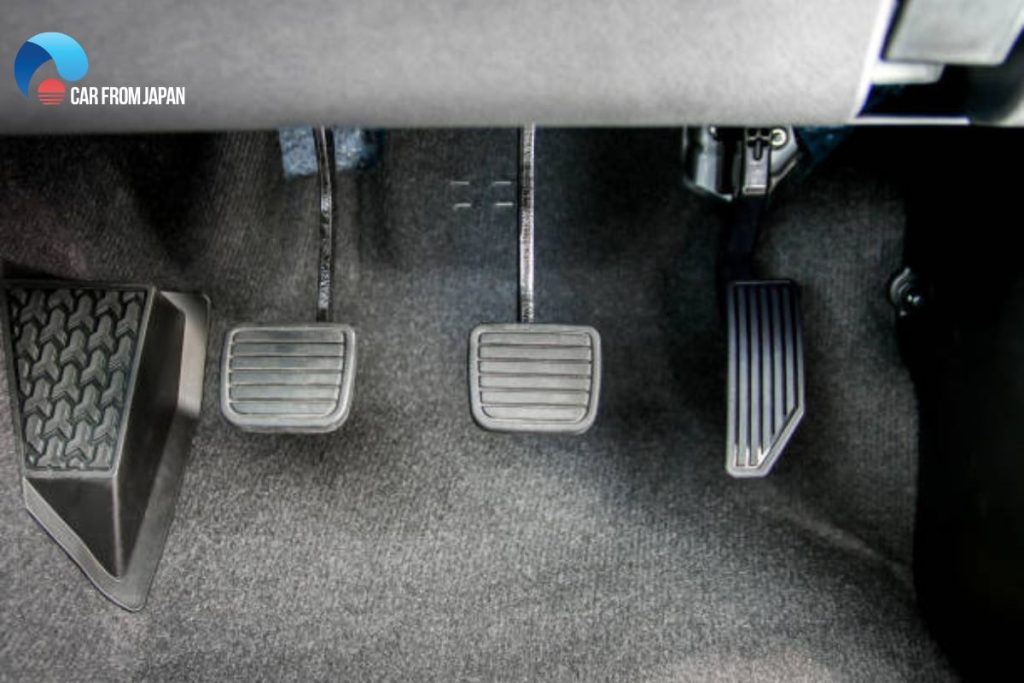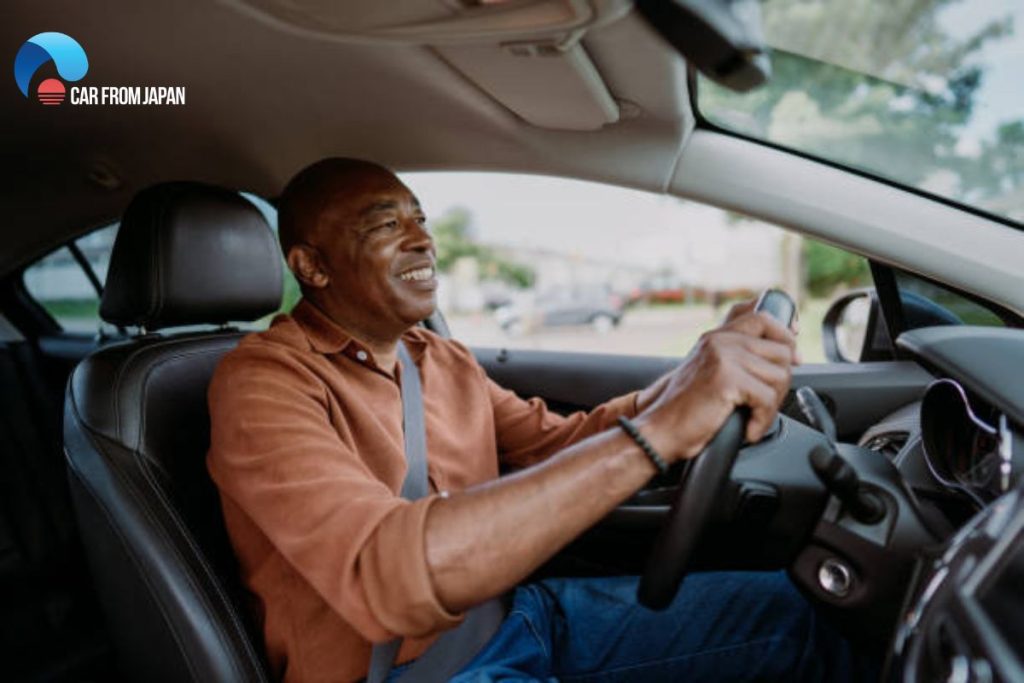There may be a lot of times when you press the clutch and apply the brakes at the same time. Did you ever contemplate what happens when you do so? Now is the time! You should be aware of how your car responds when using clutch and brake at same time.
Come and explore the consequences that arise from your actions.
Contents
The Outcomes When Using Clutch And Brake At Same Time
Time is evidence of the fact that the brake and clutch have been used in synchronization. When you apply the brakes and downshift together the right way, things could turn in your favor. On the other hand, if you do it the wrong way, things could worsen.
Read on to look at both sides of the coin in detail.
The wrong way
When you apply the brakes in synchronization with the clutch, it will lead to the halting of your car. This would be necessary when the need arises to stop the car instantly. For instance, if a human or a stray animal suddenly appears ahead of you, you would have to stop the car immediately. You need to use the brake and the clutch at the same time in such situations.
Need to use the brake and the clutch at the same time
An important thing to keep in mind is that pressing the brake with the clutch is not at all suitable for your car. The combination of the clutch and the brake can lead to excessive fuel consumption, jerky halting, and power wastage. Another disadvantage is the depreciation of the brake quality. The brakes, in turn, would wear out easily, thus posing a greater risk to your safety while driving.

The right way
If you are a novice driver, you would be into pressing the brakes and the clutch together when halting. You should know that this is not an ideal thing to do. When you wish to lower your speed at an approaching junction or stop altogether, a definitive approach should be followed.
The right step is to brake first and then press on the clutch. For instance, if you need to lower your speed, press the brake gently to reach a lower speed. Next, you can push on the clutch. This can help you in making small stops at the approaching signals. Alternatively, when you wish to make a complete stop, follow the same approach by pressing the brakes followed by the clutch.
By doing this, you would boost the brake and the clutch life while saving on fuel consumption. Refer to maintenance tips to know more about tips to help boost clutch and brake life.
How To Use The Brake And The Clutch At The Same Time Correctly?
Using the brake and clutch pedals at the same time in a car is typically not necessary or recommended during regular driving. However, there may be situations where you need to depress both pedals simultaneously, such as emergency stops or in specific driving techniques. Here’s a general guide on how to use the brake and clutch pedals together correctly:
Understand the purpose of each pedal
- Brake pedal: The brake pedal is used to slow down or stop the vehicle by applying the brakes.
- Clutch pedal: The clutch pedal is used to engage or disengage the engine power from the wheels, allowing you to change gears.
Emergency stops
In emergencies where you need to stop the car as quickly as possible, you may need to depress both the brake and clutch pedals simultaneously.
Press the clutch pedal fully to the floor to disengage the engine power from the wheels, preventing the engine from stalling.
Apply firm and progressive pressure to the brake pedal to bring the car to a stop as quickly as necessary.

Specific driving techniques
In some advanced driving techniques, such as heel-and-toe downshifting, you may need to use the brake and clutch pedals simultaneously.
Heel-and-toe downshifting is a technique used when shifting to a lower gear while braking, usually in performance driving or during spirited driving.
The technique involves using the right side of your foot to brake and the right side of your foot or the side of your other foot to blip the throttle while the clutch is depressed.
This technique requires practice and coordination and is typically used by experienced drivers.
FAQs
Is it bad for the car to press the brake and clutch at the same time?
No, not at all. It’s a completely normal and necessary part of driving a manual car. Your car is designed for you to use both pedals together, especially when you’re coming to a stop. You are not causing any harm or extra wear by doing this.
So, when is the right time to use both pedals?
The main time you press both the brake and the clutch is when you are coming to a complete stop. The proper technique is to start by pressing the brake pedal to slow the car down. Then, just before the engine starts to struggle or “lug” (usually below about 10 mph or 15 km/h), you press the clutch pedal to the floor to disengage the engine from the wheels.
Do I need to press the clutch just to slow down a little?
No, you don’t. If you just want to slow down from 50 mph to 40 mph, for example, you can just use the brake pedal. The car is perfectly happy to slow down while it’s in gear. This is called “engine braking,” and it helps slow the car down and saves a little wear on your brake pads.
Watch more:
Conclusion
You would know by now what happens when you use the brake and the clutch at the same time. Always press the brake first and then the clutch to avoid potential wear and tear. Prevention is always better than cure, and to ensure your safety, driving the car the right way is necessary.




I have to disagree – in an emegency pushing the clutch will diengage the engine from the drive train – vehicles especialy diesel vehicles develop compression, you can use this compression to aid stopping.
In addition pushing the clutch in an emergency and asking the vehcile to turn creates understeer…
In an emegency you should be focused on stopping the vehicle in the shortest distance to this you need all the braking available from the hydraulic brake system AND the engine compression
“break”? Seriously?? I thought it was “brake”. You sure about the relationship on pressing both BRAKE and clutch at the same time with fuel consumption?
For sudden stops, I press clutch and brake almost simultaneously and remove gear…
By pressing the clutch you disengage the gears automatically and therefore the engine is free and by pressing the brake peddle you stop the car how doe’s fuel come in?
If you want to stop suddenly DO NOT press brake and clutch. Pressing the clutch disengages the engine and this makes the vehicle harder/longer to stop. After you start stopping and the engine starts to stutter then you press the clutch and gear down if you are able to concetrate on both at the same time
https://www.quora.com/What-is-the-correct-method-to-apply-brakes-in-a-manual-transmission-car-first-clutch-then-brakes-or-directly-brakes
For a quick stop, do not press in the clutch pedal when pressing the brake pedal. The engine it self is a brake and if assisted by the brake pedal, clutch released, that combination helps the vehicle stop much more faster and smoothly.